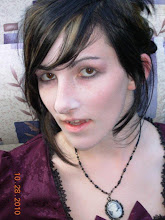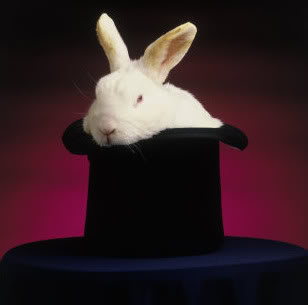Ruined portrays that in every dark situation, there is a light. It may not be the light you thought you’d see but it will be there, and you can’t let it get away from you because salvation is just beyond faith. We will articulate each characters personalities and features in the costuming, and use the set to articulate the feel of the space. We will use natural colors to resemble an African feel, and in the costumes to represent that everything happens in a natural course.
The audience will be teen and up because the show is risqué and has adult language. We will set it in a 3-quarter thrust stage, to make the audience feel more a part of the show. The stage we will be performing in will be ….
Set
The play is contemporary but it’s in Africa, so it should feel like today’s day, but with a poor feel.
The majority of the play is set in Mama Nadi’s bar. So the space will have wood flooring, and have a bar area set up on stage left. The bar itself will be wood also with a cream counter top. There will be a door that leads to the kitchen behind the bar, and a hallway that has a staircase to the upstairs. There will be a second floor above the bar area that would be the girls room. Across from the bar will be tables and chairs with a pool table stage right. A fireplace will be upstage right. A window to its left with a microphone set up in between the two. The front door will be stage left but it won’t have an actual door.
There will be a door that leads to the kitchen behind the bar, and a hallway that has a staircase to the upstairs. There will be a second floor above the bar area that would be the girls room. Across from the bar will be tables and chairs with a pool table stage right. A fireplace will be upstage right. A window to its left with a microphone set up in between the two. The front door will be stage left but it won’t have an actual door.Sophie and Salima’s room will have off white walls, 2 small beds with quilted comforters and a burgundy couch. The one bed will be horizontal, stage left of the room and the other in front of a window, vertical, and the couch facing the audience in front of the window-bed.
CostumeAll the costumes are contemporary and “preppy” because they all have to be pretty.
 |
| Christians new suit. |
 |
| Josephine's red dress. |
Mama Nadi- she should be in a black dress because she is hiding a dark secret that you find out later on, and she’s suppose to be an attractive women so putting her in a tighter black dress will show of her figure. She will have her hair pulled dup because she works a lot and I’m sure it’s hot in Africa. J
Josephine- she will be in reds because she’s supposed to be the seductive one. She has to have a flowing red dress also for one of the scenes.Salima- will be in purples and greens because they are spring like colors, and spring represents new things, and it will foreshadow her baby, and a new beginning later on when she dies.
Sophie- will be in whites and blues because she is the hope of the group and the happier one even in her pain.
 |
| Osembanga's track suit. |
Christian – will have 2 brown suits. The first one cotton and raggedy and old, looks like he’s had it for centuries and travels a lot, whites collared shirt stained, and no tie. The latter one will be new, sharp and a darker brown, pinstripe and nice. A new white shirt and a nice brown tie.
The soldiers will all be in similar uniforms in a light tan, with red armbands for one side, and black ones on the other to symbolize what the Nazis wore because the soldiers are as destructive as them.
Osembanga- in a velvet blue jogging suit to represent the peacockness they describe, and the chain and sunglasses as described.
Harari- in a sharp grey suit because he’s an older man and yellow tie. He’s usually happy, and he gives a wealthy feel.
Natural lights should be used, replication of sun and moon light in the windows. Regular house light needs to be replicated too. Everything needs to be natural and normal so people feel like they are a part of the action. It should start off normal, and fade as the production goes and get brighter again at the end. A spotlight should be set on the couple dancing at the end to black out the rest of the set because peace between the two genders has been met, and love prevailing.
Sound
 There will be sounds for all the trucks that drive up to the bar. There is a gunshot heard during the play that needs to be produced. A scream also which can be heard from backstage when Salima tries to give herself the abortion. Hip hop music is also heard a lot during all the night scenes. And the music Sophie sings can be accompanied by an acoustic guitar. The guitar of Sophie’s songs, accompanied by an African drum, will be played lightly in the background of the duration of the play.
There will be sounds for all the trucks that drive up to the bar. There is a gunshot heard during the play that needs to be produced. A scream also which can be heard from backstage when Salima tries to give herself the abortion. Hip hop music is also heard a lot during all the night scenes. And the music Sophie sings can be accompanied by an acoustic guitar. The guitar of Sophie’s songs, accompanied by an African drum, will be played lightly in the background of the duration of the play. Casting Suggestions
 |
| Christian |
 |
| Salima |
 |
| Mama |
 |
| Sophie |
 |
| Josephine |







